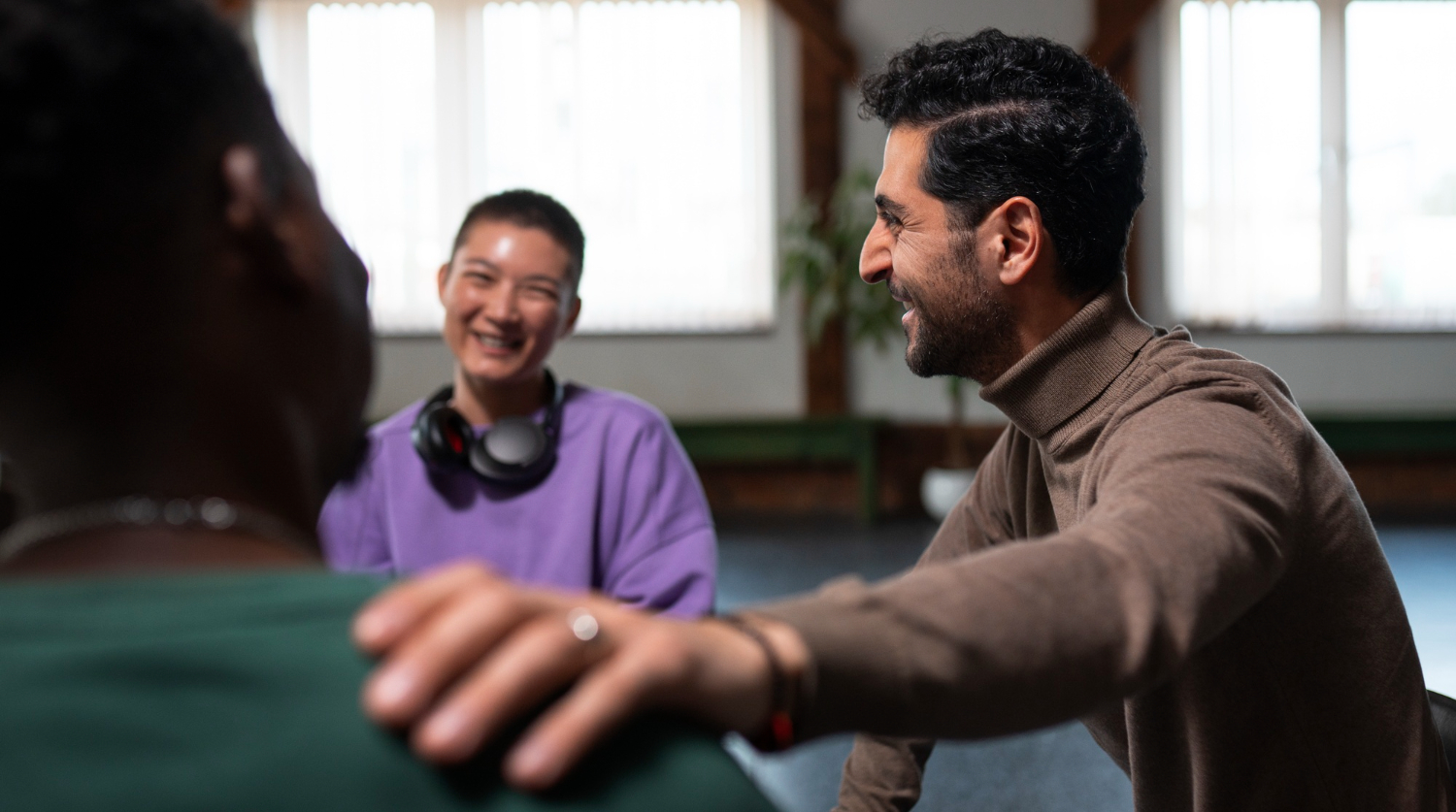Art enables us to find ourselves and lose ourselves at the same time.

"Art enables us to find ourselves and lose ourselves at the same time."
– Thomas Merton
For first responders, stress isn't rare—it’s a daily reality. The pressure of life-or-death decisions, exposure to trauma, and the unpredictability of the job can leave them exhausted and emotionally drained. But what if the solution to relief was not just therapy or exercise but creativity?
Research shows that creative expression—whether through music, art, or journaling—can significantly reduce stress and enhance emotional resilience (Seligman, 2011). As holiday stress builds, finding creative outlets becomes more important than ever.
Creative expression has been found to activate the dopamine reward system of the brain, releasing feelings of relaxation, satisfaction, and clarity. Creative expression also activates the prefrontal cortex, the region of the brain responsible for emotional regulation and resilience (Koenig, 2012).
For first responders, creative expression is a mental relief valve; a means through which the stress of emotionally intense changes may be worked through, hormones of stress buffered, and a return of control regained (Stanley et al., 2016).
Journaling provides first responders with a powerful outlet to release pent-up emotions, process experiences, and gain perspective. Expressive writing, it seems, has a tested ability to work through trauma, reducing symptoms of PTSD (Tedeschi & Calhoun, 2004).
Pro Tip: Keep a small notebook in your gear bag or use a voice-to-text app to write down ideas on the fly!
Art provides a non-verbal way to express emotions that may be difficult to put into words. Whether painting, sketching, or even coloring, visual creativity assists first responders in processing trauma and expressing emotions in a healthy manner (Engel, 1977).
Fun Idea: Host an art night with fellow responders or family members, it's a great way to bond and relax together!
Research shows that music reduces cortisol levels, decreases anxiety, and promotes relaxation (Maslach & Leiter, 2016). For first responders, music can be both a decompression tool and a source of motivation.
Try This: Start your next shift with a strength-building playlist and end with a relaxing one!
The holiday season is stressful, especially for first responders working long shifts away from home. Using creative expression during this time can boost joy, gratitude, and emotional connection.
When first responders prioritize creative decompression, the benefits extend beyond the individual. A more peaceful, balanced first responder leads to:
● Stronger team dynamics and peer support (Holt-Lunstad et al., 2010).
● More effective crisis management with reduced emotional exhaustion.
● Healthier relationships with family and the community (Maslach & Leiter, 2016).
Remember: Self-care isn't selfish; it's necessary. Finding time for creative expression makes you better equipped to serve others.
For first responders, stress is inevitable, but suffering in silence is not. Creativity offers a path to healing, resilience, and balance. Whether through journaling, music, art, or holiday self-care, embracing creative decompression is a powerful form of self-preservation.
So this year, grab a pen, a brush, or a playlist—and indulge yourself in some creative sanctuary.
● Engel, G. L. (1977). The need for a new medical model: A challenge for biomedicine. Science.
● Holt-Lunstad, J., Smith, T. B., & Layton, J. B. (2010). Social relationships and mortality risk.
● Koenig, H. G. (2012). Religion, spirituality, and health.
● Maslach, C., & Leiter, M. P. (2016). Understanding the burnout experience.
● MyOmnia (2024). The Wholeness Model & Mental Health Resources.
● Pressman, S. D., et al. (2009). Association of enjoyable leisure activities with well-being.
● Seligman, M. E. P. (2011). Flourish: A visionary new understanding of happiness and well-being.
● Stanley, I. H., et al. (2016). A systematic review of suicidal thoughts and behaviors in first responders.
● Tedeschi, R. G., & Calhoun, L. G. (2004). Posttraumatic growth.